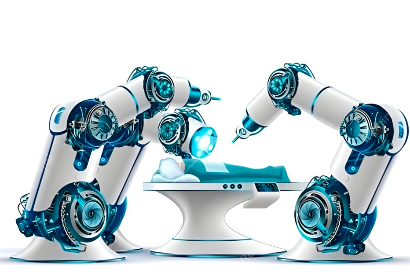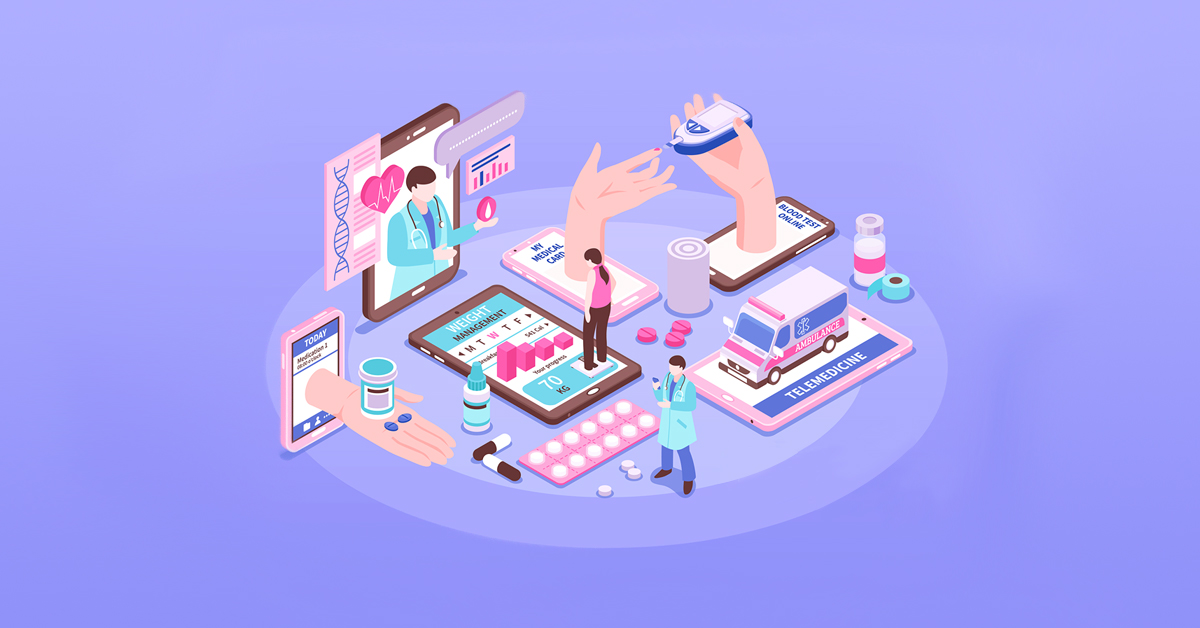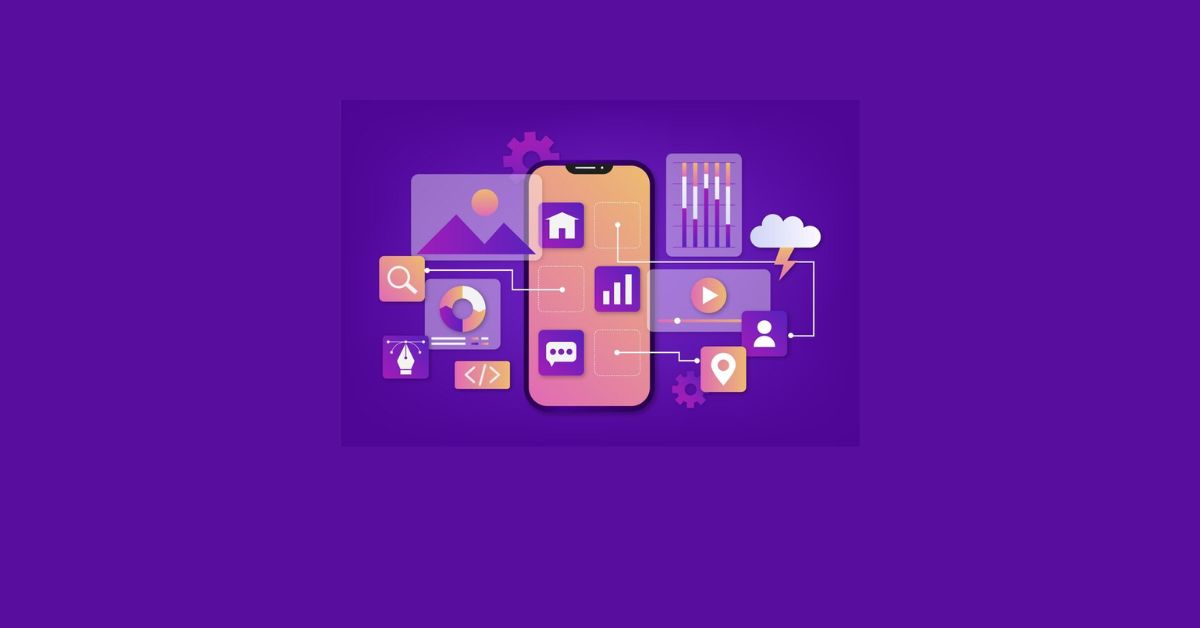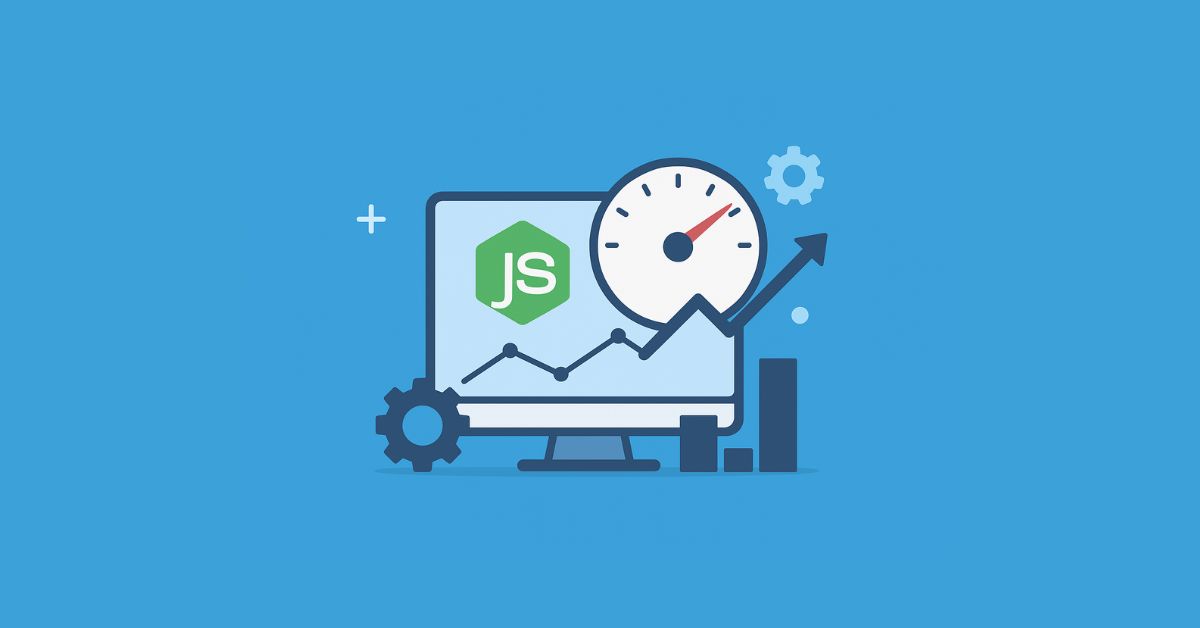Healthcare and technology, two sectors that have consistently proven to be essential components of our modern society, have converged to create transformative solutions. The technology advancements in the healthcare industry have sparked a revolution, changing how we diagnose, treat, and prevent diseases, enhancing patient experience and, importantly, democratizing healthcare access. In this article explain the aims to delve into the various advancements and their impacts on the healthcare sector.
Overview of Technology Advancements in Healthcare
Technology has revolutionized the healthcare sector, bringing about remarkable advancements that have transformed the way medical services are delivered. From telemedicine to artificial intelligence, these technology advancements in healthcare have paved the way for improved patient care and enhanced healthcare accessibility.
One notable advanced technology in healthcare is telemedicine, which allows patients to receive virtual consultations and remote healthcare services. This eliminates the need for physical visits to doctors’ offices or hospitals, making healthcare more convenient and accessible, especially for individuals in remote areas. Another significant development is the implementation of advanced health informatics and electronic health records (EHRs). These digital systems enable efficient management of patient information, leading to better coordination among healthcare providers and improved continuity of care. Medical imaging technology has also undergone tremendous progress. Sophisticated devices such as MRI machines and CT scanners provide detailed images that aid in accurate diagnosis. Additionally, diagnostic technologies like genetic testing allow early detection of diseases and personalized treatment plans. Robotics and automation play a vital role in surgical procedures by enhancing precision and minimizing human error. Surgical robots assist surgeons during complex operations with greater accuracy, resulting in reduced post-operative complications and improved recovery times.
The impact of technology in healthcare sector extends beyond patient care alone. It has significantly contributed to improving overall efficiency while reducing costs associated with manual processes. Electronic prescribing systems streamline medication management while reducing errors caused by illegible handwriting or incorrect dosages.
Furthermore, artificial intelligence (AI) and machine learning are driving innovation in medical research, diagnostics, drug discovery, predictive analytics, disease prevention strategies, just to name a few areas. AI-powered algorithms can analyze large datasets at an unprecedented speed leading to faster diagnoses and more effective treatments.
Advancements in healthcare technology have reshaped the landscape by facilitating remote access to medical services through telemedicine platforms; enabling efficient management of patient data through advanced health informatics; providing accurate diagnoses using state-of-the-art imaging techniques; enhancing surgical precision through robotics and automation; improving overall efficiency and cost-effectiveness;
Telemedicine and Remote Healthcare
Telemedicine and remote healthcare have revolutionized the way we access medical services. With advancements in healthcare technology, patients can now receive consultations and treatment from the comfort of their own homes. This has been particularly beneficial for individuals living in rural or underserved areas, where access to healthcare may be limited.
Through telemedicine, patients can connect with healthcare professionals via video calls or telephone consultations. This not only saves time and travel costs but also allows for timely intervention and management of health conditions. Doctors can remotely diagnose illnesses, prescribe medication, and provide follow-up care without the need for an in-person visit.
Furthermore, telemedicine has played a crucial role during emergencies or pandemics like COVID-19 when physical distancing measures are necessary. It allows doctors to triage patients remotely and prioritize those who require immediate attention while minimizing exposure risks for both patients and healthcare providers.
Moreover, remote monitoring devices have become increasingly common in managing chronic conditions such as diabetes or heart disease. These devices enable real-time data collection on vital signs and symptoms which can be transmitted to healthcare providers for analysis. This enables early detection of any abnormalities or changes in health status which might require intervention.
In addition to enhancing patient convenience and accessibility to quality care, telemedicine has also eased the burden on overcrowded hospitals by reducing non-emergency visits. Patients with minor ailments can seek advice through virtual platforms rather than adding strain on emergency departments. Telemedicine holds great potential for improving healthcare delivery by bridging geographical barriers while increasing efficiency and cost-effectiveness within the sector.
Advanced Health Informatics and Electronic Health Records (EHRs)
Advanced Health Informatics and Electronic Health Records (EHRs) have revolutionized the way healthcare providers store, access, and analyze patient data. With the advent of digital technology, paper-based records are becoming a thing of the past.
Electronic Health Records (EHRs) allow healthcare professionals to securely store and share patient information electronically. This eliminates the need for physical storage space and reduces the risk of lost or damaged records. Moreover, EHRs make it easier for different healthcare providers to collaborate on patient care by providing real-time access to critical medical information.
Aside from enhancing record-keeping efficiency, sophisticated health informatics delivers powerful data analytics capabilities. Healthcare organizations can leverage these insights to identify trends, improve treatment protocols, and enhance overall quality of care. For instance, predictive analytics can help detect patterns that indicate potential health risks or predict disease outcomes.
Furthermore, EHRs promote better communication between patients and their healthcare providers through secure messaging systems. Patients can easily access their medical history online and communicate with their doctors regarding any concerns or questions they may have.
Advanced health informatics and electronic health records have transformed the healthcare industry by streamlining processes, enhancing collaboration among providers, enabling data-driven decision-making, facilitating patient engagement,and ultimately contributing to improved healthcare outcomes for individuals around the world!
Want to create dynamic and modern healthcare software?
Medical Imaging and Diagnostic Technologies
In this era enables doctors to accurately diagnose and treat patients like never before. These advancements have significantly improved patient outcomes and reduced the need for invasive procedures.
One of the most notable healthcare industry technologies is Magnetic Resonance Imaging (MRI), which uses powerful magnets and radio waves to create detailed images of internal organs, tissues, and bones. MRI scans provide valuable information about a wide range of conditions, including tumors, brain disorders, joint injuries, and cardiovascular diseases.
Another important diagnostic tool is Computed Tomography(CT) scan. CT scans combine multiple X-ray images to produce cross-sectional images of the body. They are particularly useful in identifying abnormalities in the chest, abdomen, pelvis, and skeletal system.
Ultrasound technology has also made significant contributions to medical imaging. It uses high-frequency sound waves to generate real-time images of organs such as the heart, liver, kidneys, and reproductive system. Ultrasound is safe for both adults and children due to its non-invasive nature.
Nuclear medicine techniques involve injecting small amounts of radioactive materials into patients’ bodies to identify diseases or evaluate organ function. Positron Emission Tomography (PET) scans use this technique to detect radiation emitted from these materials within the body.
These diagnostic technologies allow physicians to make accurate diagnoses earlier in disease progression stages when treatment options may be more effective. By providing detailed insights into a patient’s condition without invasive procedures or exploratory surgeries,
In summary, Medical Imaging And Diagnostic Technologies play an essential role in improving patient care through early detection & diagnosis resulting in timely treatment plans that can save lives while minimizing unnecessary risks associated with invasive procedures!
Robotics and Automation in Healthcare

Robotics and automation have revolutionized the healthcare sector, paving the way for new possibilities and improved patient outcomes. With technology advancements in healthcare, robots are now capable of performing complex surgeries with greater precision than ever before. This not only reduces human error but also enhances surgical efficiency and safety.
Robotic-assisted surgery has become increasingly popular across various specialties such as urology, gynecology, and orthopedics. Surgeons an control
robotic arms with utmost precision, allowing for minimally invasive procedures that result in smaller incisions, reduced pain, shorter hospital stays, and faster recovery times.
In addition to surgical applications, robots are also being used in other areas of healthcare. For instance, robotic exoskeletons help patients with mobility issues regain their ability to walk by providing support and assistance during rehabilitation. These devices enable personalized therapy sessions tailored to each individual’s needs.
Automation has also played a significant role in streamlining repetitive tasks within the healthcare industry. Automated medication dispensing systems ensure accurate dosages while reducing the risk of human error. Robotic process automation (RPA) is employed to automate administrative tasks such as appointment scheduling and billing processes.
Furthermore, robots equipped with AI capabilities can analyze vast amounts of medical data quickly and accurately. This aids healthcare professionals in making informed decisions regarding diagnosis and treatment plans.
The integration of robotics and automation into healthcare brings countless benefits: improved patient outcomes through precise surgeries; increased accessibility to quality care; enhanced efficiency by automating repetitive tasks; reduction in medical errors; accelerated innovation through data analysis; cost savings due to streamlined processes – just to name a few!
As we look toward the future, we can expect even more advancements in robotics and automation within the healthcare industry. The potential for these technologies is limitless – from robot companions for elderly patients to nanobots delivering targeted treatments inside our bodies.
The Transformative Role of AI and Machine Learning in Healthcare
AI and machine learning have revolutionized the healthcare sector, bringing about significant advancements in diagnosis, treatment, and patient care. By analyzing vast amounts of medical data, these new healthcare technologies enable providers to make more accurate predictions and informed decisions.
One area where AI has made a transformative impact is medical imaging. Through deep learning algorithms, machines can now interpret images such as X-rays or MRIs with remarkable accuracy. This not only speeds up the diagnosis process but also reduces the risk of human error.
Another healthcare technology advancement in AI is personalized medicine. By leveraging patient-specific data such as genetic information and medical history, machine learning algorithms can identify patterns and predict individual responses to different treatments. This allows for tailored therapies that are more effective and efficient.
Furthermore, AI-powered virtual assistants are enhancing patient engagement by providing 24/7 support and answering common health-related queries. These intelligent chatbots help patients access reliable information promptly while relieving some burdens from healthcare professionals.
Moreover, predictive analytics powered by machine learning algorithms allow hospitals to optimize resource allocation by forecasting demand for services like surgeries or emergency room visits. This helps streamline operations, reduce wait times, improve efficiency, and ultimately enhance patient satisfaction.
In addition to these benefits of technology in healthcare within clinical settings, AI is also transforming healthcare research by enabling faster drug discovery through computer simulations and identifying potential areas for further investigation.

You might want to read
The Future of Data Science And AI: Predictions and Trends to Watch
Looking Ahead: The Future of Technology in Healthcare
The healthcare industry has always been at the forefront of technology advancements in healthcare, and this trend shows no signs of slowing down. As we look to the future, it is clear that technology will continue to shape and transform the way healthcare is delivered.
One area where we can expect significant advancement of technology in healthcare and telemedicine. With the increasing availability of high-speed internet connections and mobile devices, patients can now access healthcare services from the comfort of their own homes. This not only improves convenience but also helps to reduce unnecessary hospital visits and overcrowding.
Another exciting development on the horizon is the use of artificial intelligence (AI) and machine learning in healthcare. These healthcare technology have the potential to revolutionize diagnostics, treatment planning, drug discovery, and patient monitoring. AI-powered algorithms can analyze vast amounts of medical data quickly and accurately, leading to more precise diagnoses and personalized treatment plans.
Also, robotics technology will play a crucial role in transforming healthcare delivery. Surgical robots are already aiding surgeons in performing minimally invasive procedures with greater precision. In the future, we may see robots taking over repetitive tasks such as medication dispensing or assisting with physical therapy exercises.
Furthermore, wearable devices are set to become even more advanced in tracking vital signs like heart rate, blood pressure, glucose levels, and sleep patterns – providing real-time feedback for individuals’ health management needs.
Lastly, the integration of blockchain technology holds promise for improving data security by creating a decentralized network that ensures privacy while facilitating secure sharing among authorized parties involved – streamlining administrative processes without compromising sensitive information confidentiality
As technology continues to advance rapidly across all sectors including medicine & health care; it’s only natural that these innovations will significantly impact how patients receive care along every step they take towards better overall well-being
Conclusion
Technology has revolutionized the healthcare sector, bringing about remarkable advancements that have transformed patient care, accessibility, efficiency, and cost-effectiveness. From telemedicine to advanced health informatics, medical imaging technologies to robotics and automation, the impact of technology on healthcare industry is undeniable. And technology has undeniably transformed healthcare, improving patient care, enhancing accessibility, and increasing efficiency. As we continue to innovate, the intertwining of healthcare and technology will undoubtedly continue to be a driving force for change, bringing us closer to a future where quality healthcare is a universal reality.
Looking ahead into the future of technology in healthcare holds tremendous promise for further advancements across various aspects like personalized medicine tailored according to an individual’s genetic profile or using nanotechnology for targeted drug delivery within the body. And continuous innovation unfolding every day worldwide within the field of technology applied in medicine; it is evident how these new developments have fundamentally changed the face of healthcare. From enhancing patient care and experience to transforming.







